On the northeast corner of Wellington and Yonge is an impressive structure that was once the site of a neo-classical bank building. The impressive structure was designed by John G. Howard for the Bank of British North America. It was said that the directors of the bank in London preferred Howard’s designs for the bank to all the others that were submitted. John G. Howard was the man who donated to the city the land that today is High Park, and his home, Colbourne Lodge remains within the park, visited each year by tourists and Torontonians alike. The bank building he designed was greatly admired during the four decades that it served the citizens of Toronto.
Above the doorway of the building was “The Royal Arms.” Built on an impressive scale, they were copied from those on the Bank of England. They can be seen in the photograph on the left. On the parapet on the top of the building, high above the door was a scallop-shell introduced by Sir John Sloane, the architect of the Bank in London. It was the emblem of the “gold-digger’s” occupation. I have been unable to find exactly what the “gold-digger’s occupation means, as any references to it that I can find appear not to apply to the ornament on this building.
In Henry Scadding’s book, “Toronto of Old,” he stated that the building was: “ . . . a handsome edifice of cut-tone, which might have endured for centuries.” This may have been true, but John G. Howard lamented that : “ The Bank of British North America was deliberately torn down block by block in 1871 and made to give place to a structure which should be on par in magnificence and attitude with the buildings put up in Toronto by other banks.”
The structure that replaced the 1845 bank building opened in 1875. The “Royal Arms” from above the doorway of the previous building were relocated to the new structure. However, they have since been removed, likely due to the danger of them falling to the street below. I have been unable to determine their present location. Designed by Henry Langley, the building was described as a structure that reflected the opulence and resources that were appropriate for a successful bank. Others felt that the bank brought to Toronto a sophistication that was reminiscent of those structures found on a Parisian boulevard. Interestingly, it was Henry Langley who popularized in Toronto the Second Empire style with its Mansard roofs. The new bank building was constructed of Ohio sandstone and richly decorated with classical designs. Even today, its Mansard roof appears impressive. Originally, the main entrance to the building was on Wellington Street, but as Yonge Street emerged as the city’s main thoroughfare, the doorway was relocated without any loss of splendour.
The 1875 Bank of British North America at 49 Yonge Street (at Wellington Street)
The Wellington Street facade of the bank and the brass plate on the building
Details on the Wellington Street facade
The doorway on Yonge Street The Wellington Street doorway
To view the Home Page for this blog: https://tayloronhistory.com/
To view previous posts about movie houses of Toronto—old and new
https://tayloronhistory.com/2013/10/09/links-to-toronto-old-movie-housestayloronhistory-com/
To view links to other posts placed on this blog about the history of Toronto and its heritage buildings:
https://tayloronhistory.com/2013/10/08/links-to-historic-architecture-of-torontotayloronhistory-com/
Recent publication entitled “Toronto’s Theatres and the Golden Age of the Silver Screen,” by the author of this blog. The publication explores 50 of Toronto’s old theatres and contains over 80 archival photographs of the facades, marquees and interiors of the theatres. It also relates anecdotes and stories from those who experienced these grand old movie houses.
To place an order for this book:
Theatres Included in the Book
Chapter One – The Early Years—Nickelodeons and the First Theatres in Toronto
Theatorium (Red Mill) Theatre—Toronto’s First Movie Experience and First Permanent Movie Theatre, Auditorium (Avenue, PIckford), Colonial Theatre (the Bay), thePhotodome, Revue Theatre, Picture Palace (Royal George), Big Nickel (National, Rio), Madison Theatre (Midtown, Capri, Eden, Bloor Cinema, Bloor Street Hot Docs), Theatre Without a Name (Pastime, Prince Edward, Fox)
Chapter Two – The Great Movie Palaces – The End of the Nickelodeons
Loew’s Yonge Street (Elgin/Winter Garden), Shea’s Hippodrome, The Allen (Tivoli), Pantages (Imperial, Imperial Six, Ed Mirvish), Loew’s Uptown
Chapter Three – Smaller Theatres in the pre-1920s and 1920s
Oakwood, Broadway, Carlton on Parliament Street, Victory on Yonge Street (Embassy, Astor, Showcase, Federal, New Yorker, Panasonic), Allan’s Danforth (Century, Titania, Music Hall), Parkdale, Alhambra (Baronet, Eve), St. Clair, Standard (Strand, Victory, Golden Harvest), Palace, Bedford (Park), Hudson (Mount Pleasant), Belsize (Crest, Regent), Runnymede
Chapter Four – Theatres During the 1930s, the Great Depression
Grant ,Hollywood, Oriole (Cinema, International Cinema), Eglinton, Casino, Radio City, Paramount, Scarboro, Paradise (Eve’s Paradise), State (Bloordale), Colony, Bellevue (Lux, Elektra, Lido), Kingsway, Pylon (Royal, Golden Princess), Metro
Chapter Five – Theatres in the 1940s – The Second World War and the Post-War Years
University, Odeon Fairlawn, Vaughan, Odeon Danforth, Glendale, Odeon Hyland, Nortown, Willow, Downtown, Odeon Carlton, Donlands, Biltmore, Odeon Humber, Town Cinema
Chapter Six – The 1950s Theatres
Savoy (Coronet), Westwood
Chapter Seven – Cineplex and Multi-screen Complexes
Cineplex Eaton Centre, Cineplex Odeon Varsity, Scotiabank Cineplex, Dundas Square Cineplex, The Bell Lightbox (TIFF)
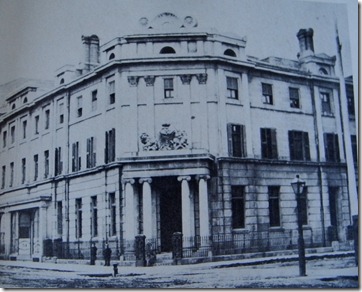
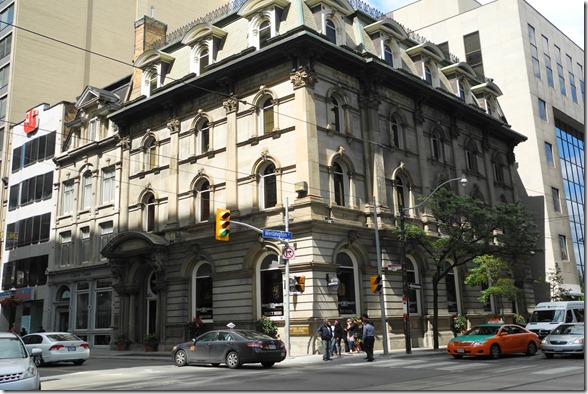
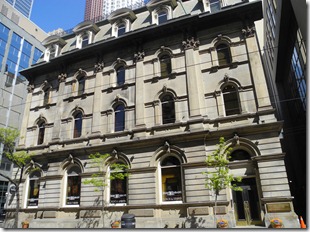
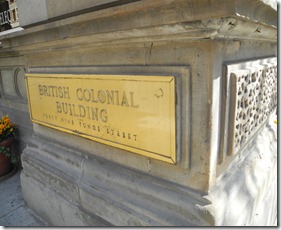
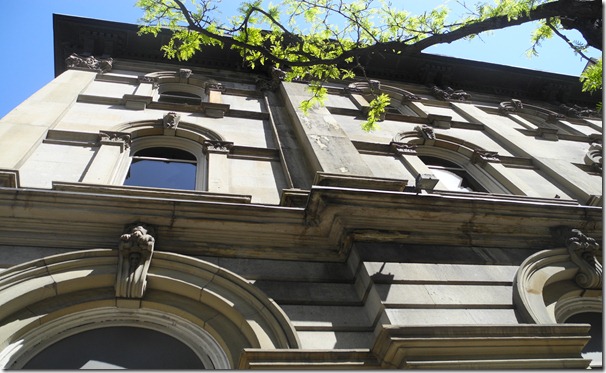

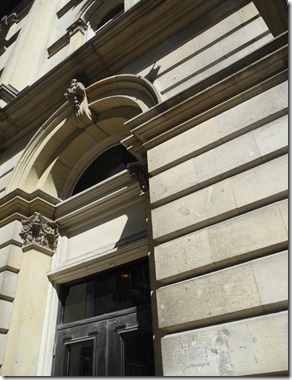
![cid_E474E4F9-11FC-42C9-AAAD-1B66D852[1] cid_E474E4F9-11FC-42C9-AAAD-1B66D852[1]](https://tayloronhistory.com/wp-content/uploads/2014/10/cid_e474e4f9-11fc-42c9-aaad-1b66d8521_thumb3.jpg)

